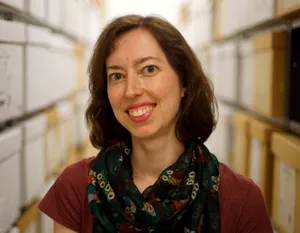Artists of the Harlem Renaissance
/https://tf-cmsv2-smithsonianmag-media.s3.amazonaws.com/blogging/featured/AAA_haydpalm_26081b_siv.jpg)
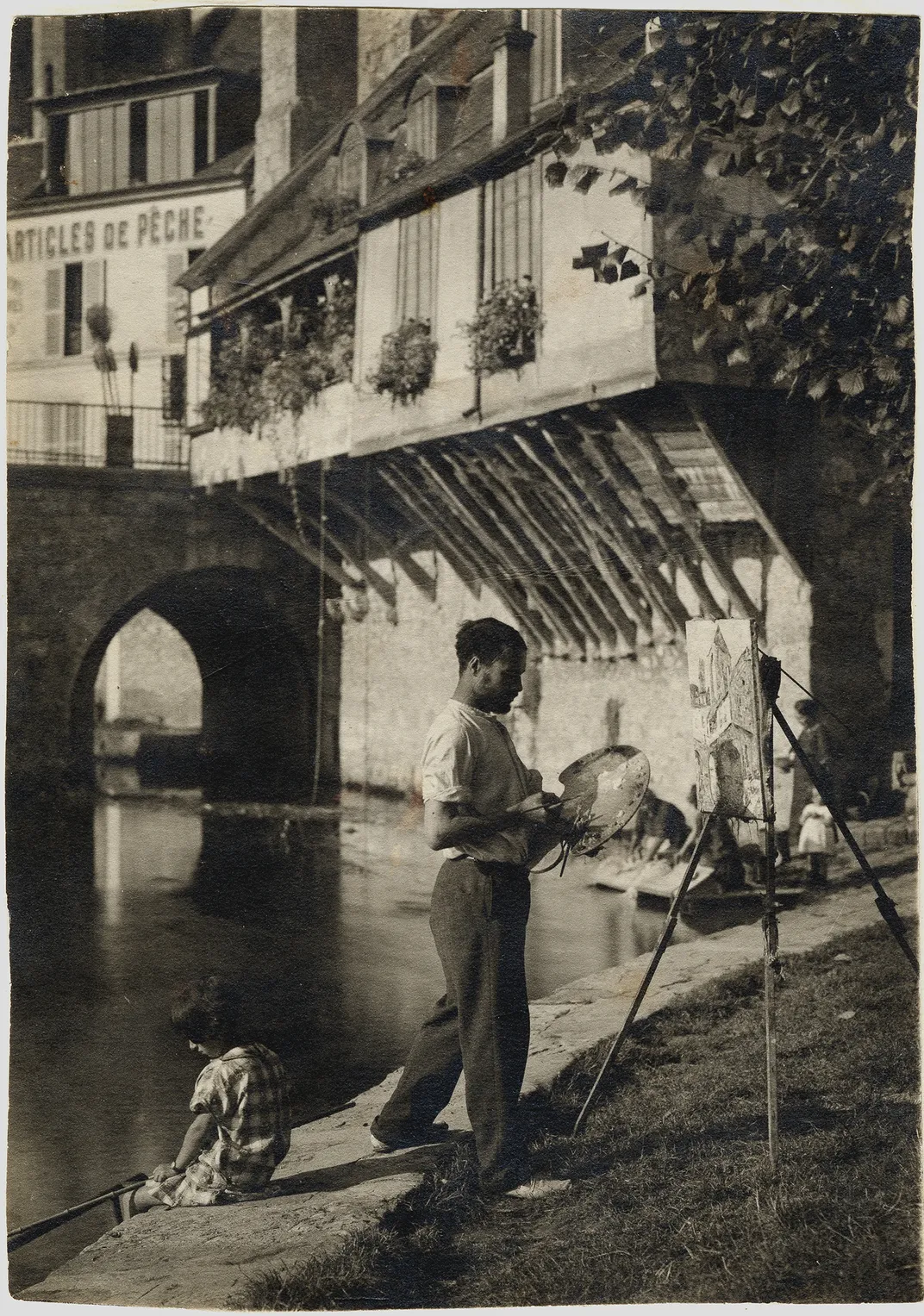
Fully Digitized Collections Document African American Art and Artists of the Twentieth Century
In honor of Black History Month, the Archives of American Art is highlighting our rich collection of papers documenting African American art in the twentieth century, particularly the papers of artists who began their careers during the Harlem Renaissance of the 1920s and 1930s. All of the artists’ papers discussed in this blog post have been fully digitized and are available to researchers online.
The papers of Palmer C. Hayden include thirty-two diaries, correspondence, photographs, and forty-seven sketchbooks documenting a period of nearly forty years. Hayden won first prize for “Distinguished Achievement among Negroes” at the Harmon Foundation’s first awards ceremony in 1926, and he used that award to continue his studies in Paris. When he returned to New York in 1932 he worked for the Treasury Relief Art Project and the Works Progress Administration. As indicated by his numerous sketchbooks, Hayden used Harlem and Paris as inspiration for his paintings of African American life.
Like Hayden, William H. Johnson studied painting in New York and France during the 1920s. While in France he had the opportunity to meet African American expatriate painter Henry Ossawa Tanner and was greatly impressed by his work.
The William H. Johnson papers include biographical material, exhibition catalogs, photographs, and scrapbooks which primarily document the period that he lived in Europe with his wife, Danish artist Holcha Krake, his work for the WPA as a painting teacher at the Harlem Community Art Center, and his career in New York during the 1940s.
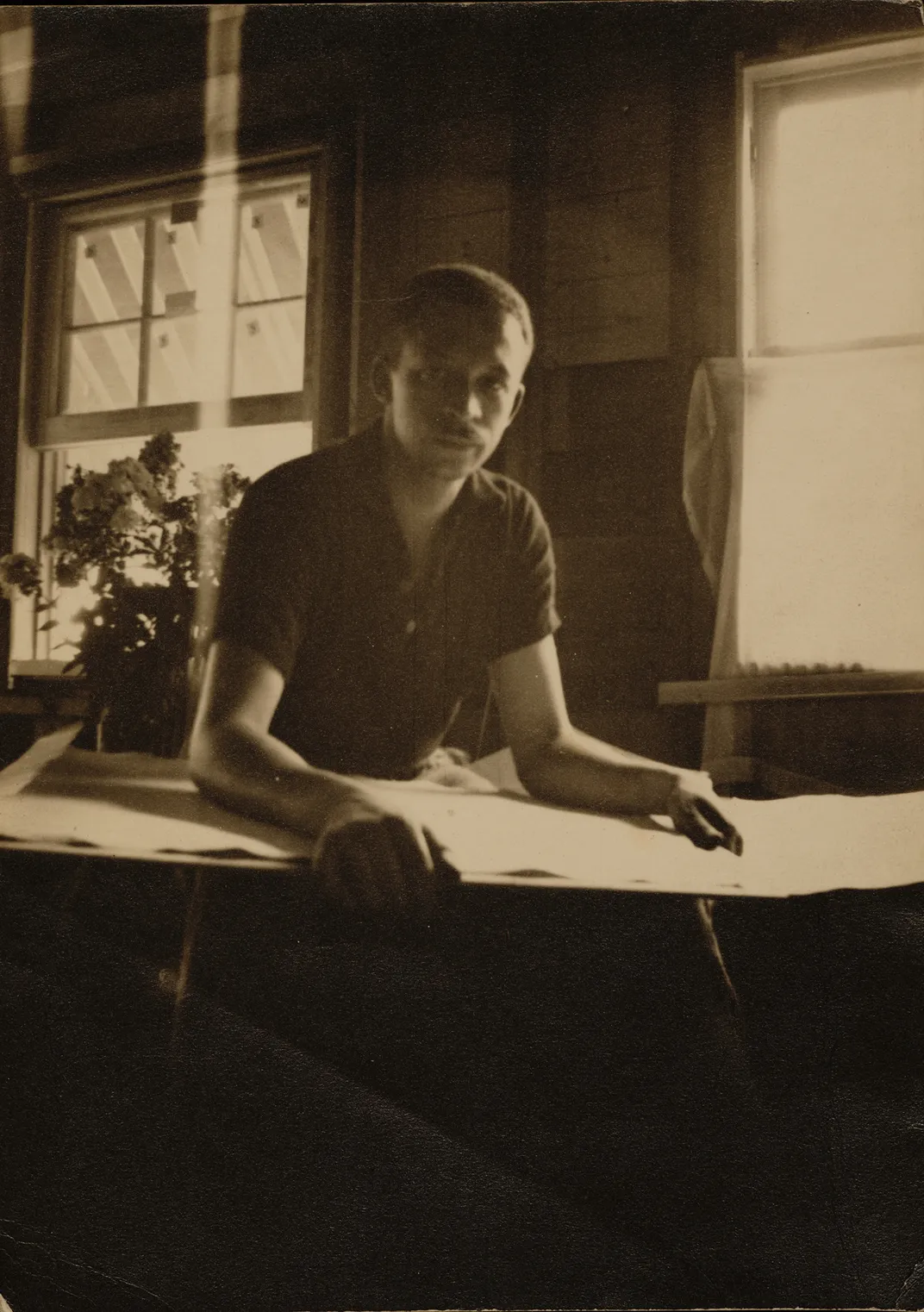
Painter and muralist Charles Henry Alston was an active member of the Harlem art community as a director of the Harlem Art Workshop and as a founder of the Harlem Artists Guild. In 1950, he became the first African American instructor at the Art Students League.
Alston’s small collection, the Charles Henry Alston papers, primarily documents his later career as an artist and educator and includes letters from Harlem Renaissance figures and personal friends Romare Bearden, Byron Brown, Jacob Lawrence, Hale Woodruff, and Dr. Louis T. Wright.
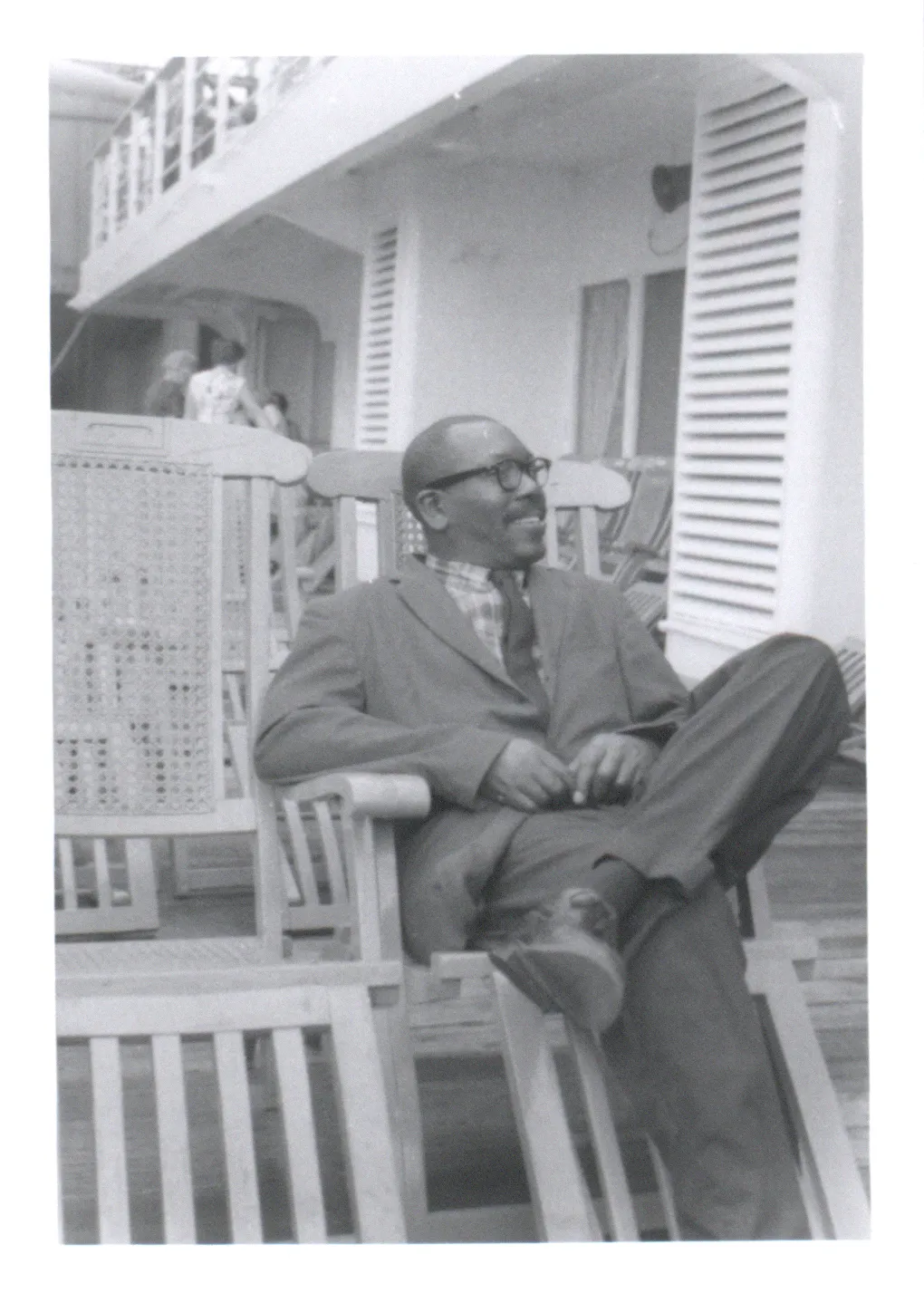
Jacob Lawrence was a student of Charles Alston at the Harlem Art Workshop, and gained early
success as a painter of African American history. Edith Halpert exhibited “The Migration Series” at her Downtown Gallery in 1941 establishing Lawrence as the first African American artist to exhibit in a top New York gallery.
The Jacob Lawrence and Gwendolyn Knight papers include extensive correspondence with friends, artists, students, art schools, galleries, museums, as well as writings by Lawrence, news clippings, exhibition catalogs, and photographs.
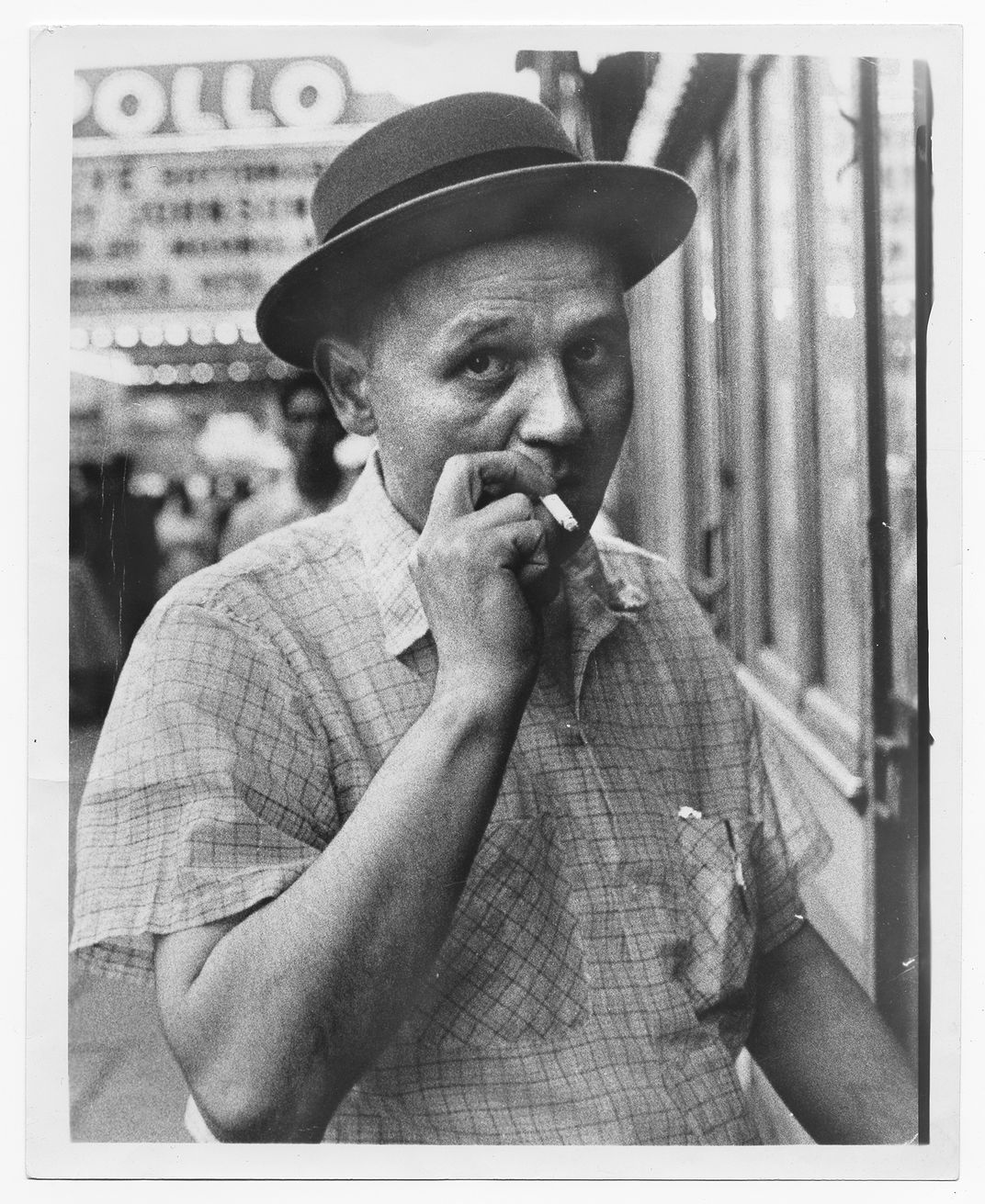
Romare Bearden grew up in Harlem, surrounded by the cultural explosion of the 1920s. During the 1930s he studied art, worked as a cartoonist, and was a member of the Harlem Artists Guild. Until his retirement in 1969, Bearden worked as a social worker with the New York City Department of Social Services, working on his art at night and on weekends.
In 1964, Bearden became the first art director of the newly established Harlem Cultural Council, and served as an active spokesman and writer on artistic and social issues. The Romare Bearden papers include numerous letters referring to African American art movements of the 1960s and 1970, writings by Bearden, photographs, drawings, and printed material.
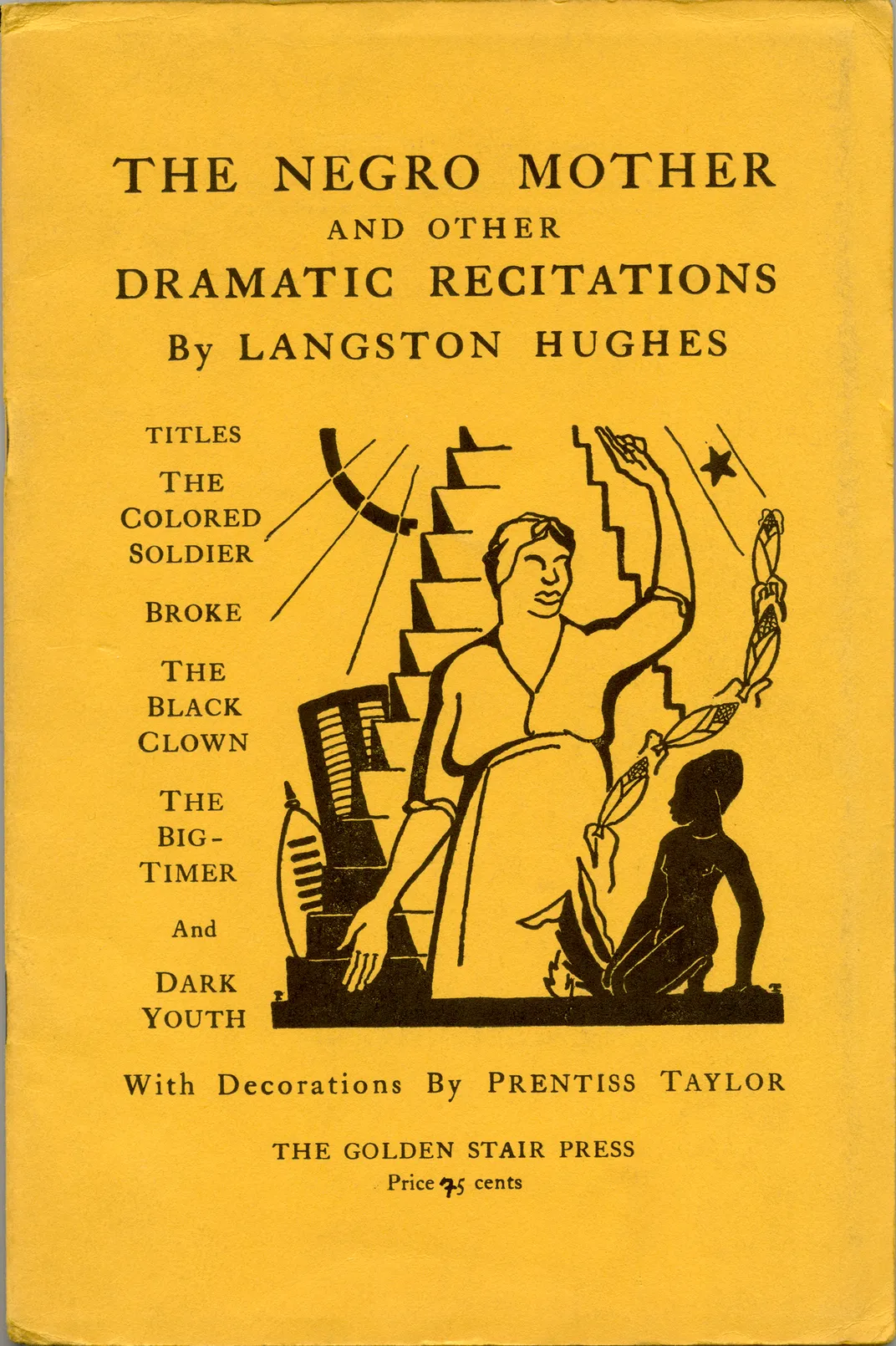
Also available online is the digitized microfilm of the Prentiss Taylor papers. During his time in New York, Taylor developed close friendships with poet Langston Hughes and writer Carl Van Vechten. While working as a lithographer and printmaker, he collaborated with Hughes in the formation of the Golden Stair Press to produce publications reflecting the ideas of the Harlem Renaissance.
The Prentiss Taylor papers contain extensive subject/correspondence files, which include correspondence with Hughes and Van Vechten, as well as numerous photographs of notable Harlem Renaissance figures, many taken by Van Vechten.
A version of this post originally appeared on the Archives of American Art Blog.

